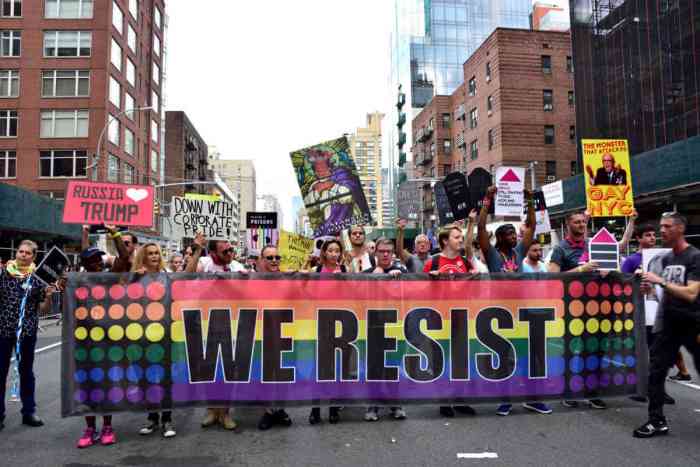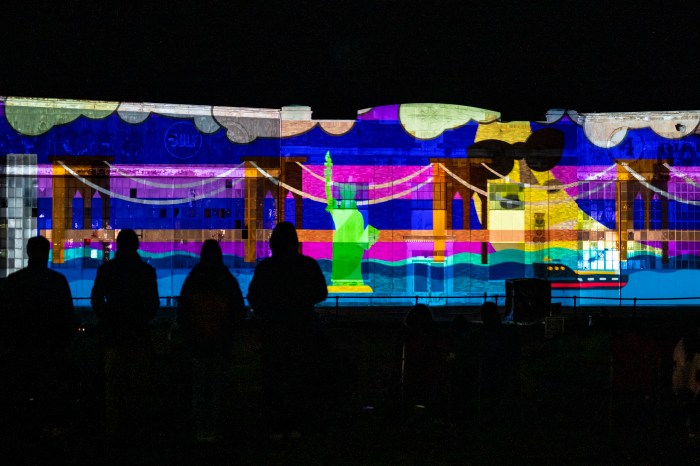Imagine you lived in a city that decided to end a major parade route into your neighborhood: one would think that the owners of restaurants and bars would welcome thousands of hungry and thirsty celebrants to their establishments.
Alas, that was not the case for my New York City neighborhood. I live in the East 20s section of Manhattan of no particular name. Rose Hill, Kips Bay, TooBro, NoMad, and Gramercy Park area are some of the names that never seem to describe or endure for this particular location. When I first moved to this area in the 1970s, there were at least two gay bars nearby, one of which — Company on East 26th Street — was even a popular stop for the Fire Island Jitney. Now this area is a destination for the post-college set engaging in quasi-dormitory living and partying.
Numerous bars and restaurants line the streets in this area and every “holiday” ends up being an excuse to hang flags and party. Come St. Paddy’s Day, Columbus Day, and Cinco de Mayo, the area is festooned with flags of the appropriate ethnic group and full of boisterous celebrations.
This year, the city changed the direction of the LGBTQ Pride Parade. Instead of funneling parade-goers into the cramped West Village, the parade ended on Fifth Avenue in the high 20s. Marchers could then either go back west and downtown to the Village and Chelsea or go to the nearby east 20s. I was in both places that day. Eighth Avenue was chock-a-block with music and overflowing bars and restaurants. In my neighborhood, there was a paucity of the most important symbol that states that gay people are welcome: the Rainbow Flag.
I did a visual survey of establishments on Lexington and Third Avenues from 23rd to 34th Streets, searching for Rainbow Flags displayed outside. In the blocks, comprised of more than 150 establishments, I observed two flags on Lexington Avenue and five on Third.
Keep in mind, the World Cup was also occurring and five bars had numerous flags of every participating country but couldn’t be bothered to hang a Rainbow Flag to celebrate citizens who live here. There was one restaurant that had international flags and a Rainbow Flag out as well and a second that had international flags outside and a Rainbow Flag in its vestibule. Tonic East is a large, multi-level bar on East 29th Street. For St. Paddy’s Day, it’s a vision in green and Irish-themed flags and is mobbed with revelers. On Gay Pride Day, it had strings of international flags for the World Cup and barely anyone inside. Contrast that with Penelope on Lexington, with a large Rainbow Flag and a line of women wearing rainbow-themed accessories waiting to be seated.
The city gave this neighborhood a potential economic boost by bringing this year’s parade to a close nearby. As I walked around, I saw lots of LGBTQ Pride stragglers in rainbow regalia who appeared to be looking for gay-friendly establishments to eat and drink. It’s a shame that in an area where numerous bars and restaurants look for any excuse to have a party, most ignored a celebration delivered to them tied up with a bow.
In the future, I plan to frequent the seven — Penelope, Banc Café, Eros, the Chinese Club, Taproom 307, Street Taco, and Barlovento, a diverse group of Greek, Indian, Hispanic, and American-themed restaurants and bars — that made the simple effort to say that gay people are welcome.
































